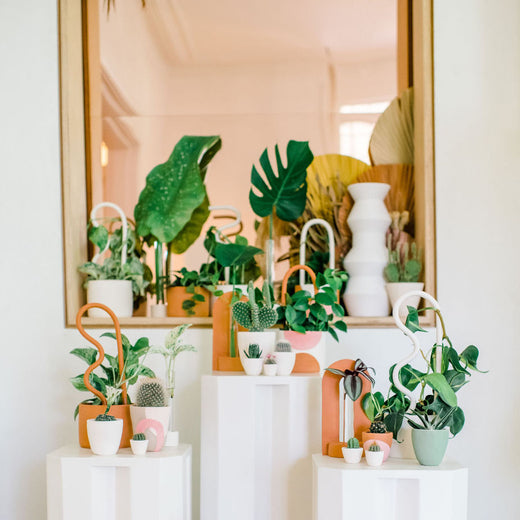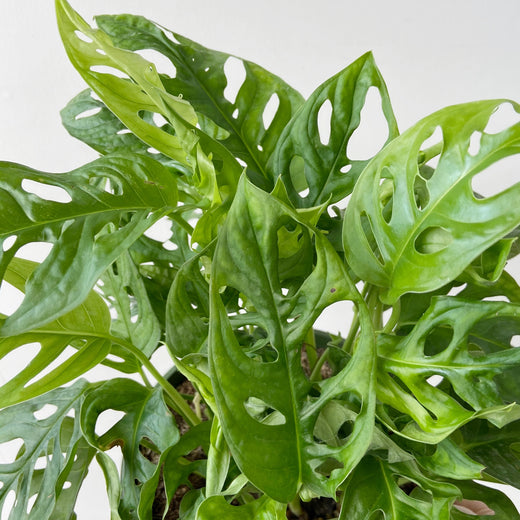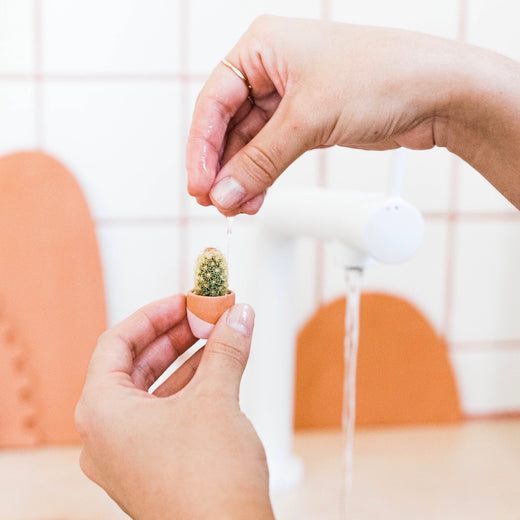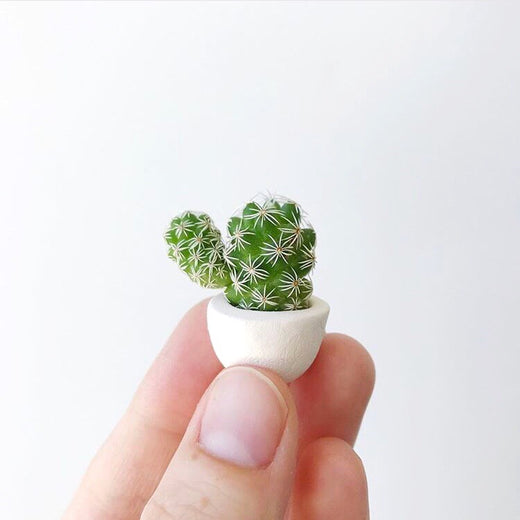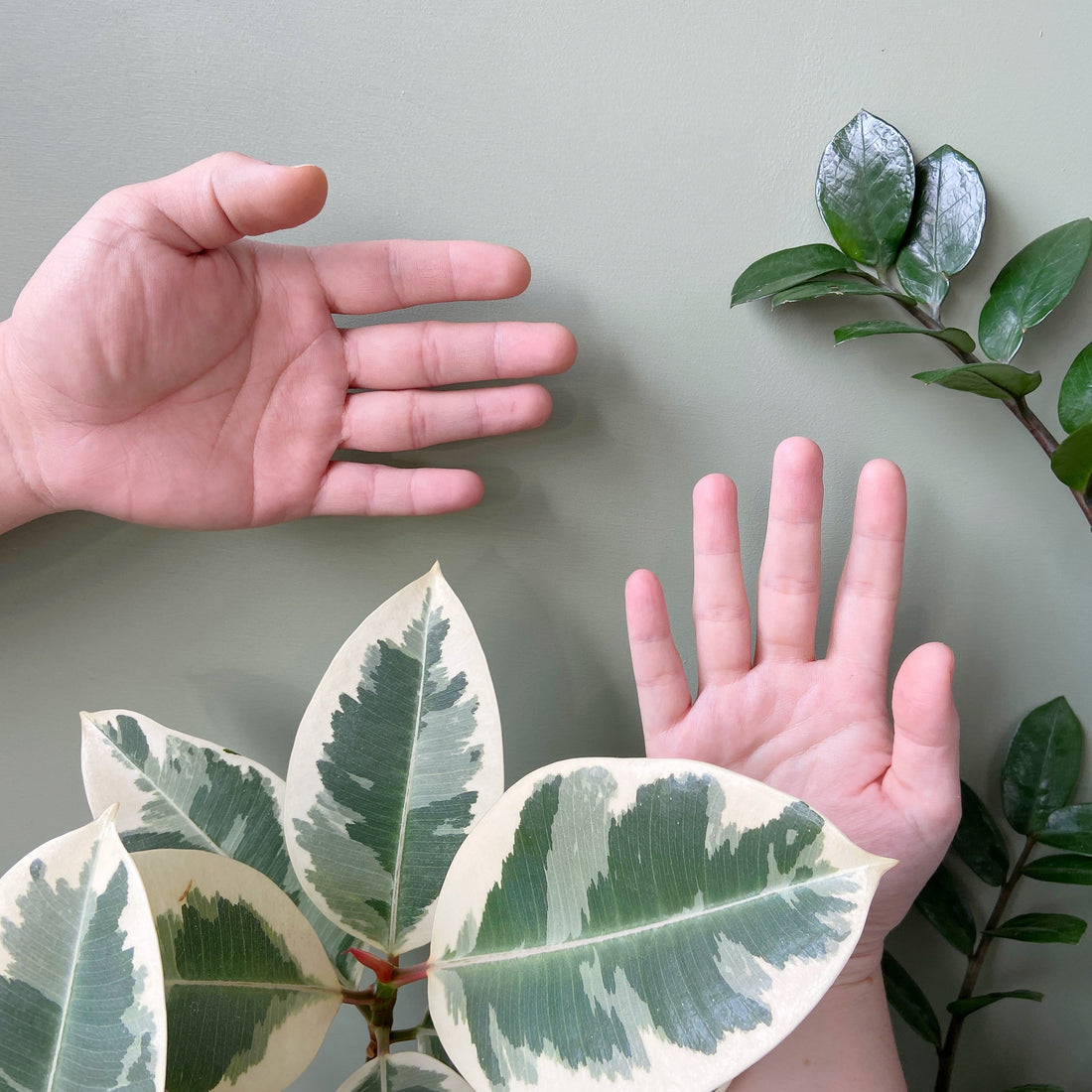Are you making these plant tool mistakes?
After years of research and experimentation with plant care, we always suggest replicating the natural environment of each plant as closely as possible. People are often misinformed about how to take care of plants and in the worst cases are told they need to buy something to care for their plants that can actually damage them.
We’re not about that.
We believe simplicity is key. Plants are for everyone and promoting/selling specific plant tools can not only waste your money and damage your plant, but it has a negative effect on the accessibility of plants as these expensive tools are not necessary to have happy plants.
Here are the 4 most commonly recommended tools that cause the most damage to plants:
1. GROW LIGHTS
We are big fans of everything natural but understand the need for grow lights in some dire situations like moving your plant collection to a new house with extremely low amounts of light. Some plants can do well with grow lights while others like cacti and succulents, are very easily burned. Think about grow lights like harsh direct sun. Most indoor plants want indirect light, some even prefer low light.
Our alternative: use as much natural light as possible. If you have low light or zero light, consider plants that do really well in those conditions rather than a grow light.
check out our list of low light plants
If you must: Make sure grow lights are the proper distance away from your plants so that they are not burned.
2. LEAF CLEANER
Plants exist in nature with dirt, pollutants, and rain. It’s completely normal for plants to have some debris on them. Leaves do not need to be cleaned off with a specialized leaf or plant cleaner.
Our alternative: Dampen a cloth with water and wipe down houseplant leaves and stems to remove dust. You can dust your cacti and succulents with a paintbrush - don’t use water.
If you must: Products like organic neem oil can prevent pests and give your leaves a shiny appearance. Make sure to follow the instructions on the product label. You may want to do this outdoors since neem oil has a very strong smell. We also suggest applying it in the evening when it is warm, so that the sun and Neem oil do not leave burn spots and your plants can air out overnight.
3. FANCY MISTERS + SPRAY BOTTLES
Some plant shops like to upsell fancy misters for plants, but they are never really needed. It is not clear whether spraying plants actually produces more humidity and since indoor plants experience less evaporation than outdoor plants, misting can cause higher rates of pest infestation and damage to leaves that get water trapped at the base. Misting cacti and succulents can easily lead to root rot.
Our alternative: Use tools you have around the house for watering your plants. We love measuring spoons and cups because we tend to already have them in the kitchen so we give our specific instructions for watering our plant kits in these measurements.
Watering plants should be enough for them but if you really feel your houseplants need more humidity, you can increase the atmospheric humidity with any kind of humidifier. Just make sure your cacti and succulents live in a less humid room or forego the humidity and have your plants live happily together. We do not use a humidifier and all of our plants live happily together. Also, be sure to always water your plants, especially cacti and succulents, into the soil or sand at the base of the plant - never directly on the plant.
If you must: Use the mister you were told you needed to spray and wipe off the leaves of your plants with water (or just use a damp cloth).
4. FERTILIZER + PLANT FOOD
Fertilizer and plant food can be great for houseplants in some cases, like if you cannot repot your plant because it is too large to move on your own. Cacti and succulents do not need fertilizers and can be damaged by them. They are desert plants and do best when they are not over loved.
Our Alternative: We recommend refreshing the soil of your plant once a year (check out our blog about yearly soil refresh) to make sure it has the nutrients it needs, it does not get damaged by fertilizer, and to ensure the soil is not compact so that oxygen and water can reach the roots and any extra water can drain away!
If you must: Make sure to use fertilizer sparingly, only on houseplants you feel truly need it, and watch closely for any negative responses from your plant so that you can adjust later.
The only plant tool we carry in the shop is our plant tarp. Plant tarps are not strictly needed but can be helpful to clean up after potting plants. We designed our plant tarps differently from others, without snaps that kick solids up into the air and with a folding design and pouch so that you can be sure potting is as clean and easy as possible.
There are plant tools that can make plant care easier, but there are no plant tools that are truly necessary to the success of your plants. There are easier, less expensive, and more natural ways to take care of your plants - buying more tools does not equal more plant care success.
We learned plant care based on what we have at home and we know you can too. Really, all you need is a hardy plant, good soil and sand, a planter that allows for oxygen to reach the roots and water to drain that is the correct size for the plant, and an idea of what your plant’s needs are.
We made our plant kits with all of this in mind - making plant care as easy as possible, for anyone who wants help making sure their plant is set up to thrive.

